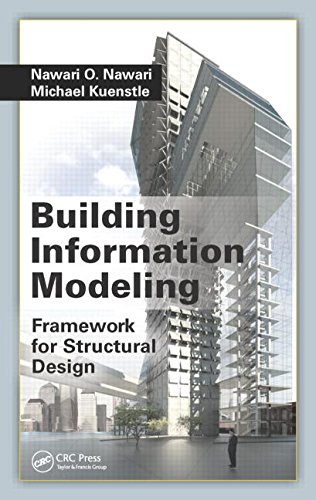

Most ebook files are in PDF format, so you can easily read them using various software such as Foxit Reader or directly on the Google Chrome browser.
Some ebook files are released by publishers in other formats such as .awz, .mobi, .epub, .fb2, etc. You may need to install specific software to read these formats on mobile/PC, such as Calibre.
Please read the tutorial at this link: https://ebookbell.com/faq
We offer FREE conversion to the popular formats you request; however, this may take some time. Therefore, right after payment, please email us, and we will try to provide the service as quickly as possible.
For some exceptional file formats or broken links (if any), please refrain from opening any disputes. Instead, email us first, and we will try to assist within a maximum of 6 hours.
EbookBell Team

4.4
22 reviewsBIM for Structural Engineering and Architecture
Building Information Modeling: Framework for Structural Design outlines one of the most promising new developments in architecture, engineering, and construction (AEC). Building information modeling (BIM) is an information management and analysis technology that is changing the role of computation in the architectural and engineering industries. The innovative process constructs a database assembling all of the objects needed to build a specific structure. Instead of using a computer to produce a series of drawings that together describe the building, BIM creates a single illustration representing the building as a whole. This book highlights the BIM technology and explains how it is redefining the structural analysis and design of building structures.
BIM as a Framework Enabler
This book introduces a new framework―the structure and architecture synergy framework (SAS framework)―that helps develop and enhance the understanding of the fundamental principles of architectural analysis using BIM tools. Based upon three main components: the structural melody, structural poetry, and structural analysis, along with the BIM tools as the frame enabler, this new framework allows users to explore structural design as an art while also factoring in the principles of engineering. The framework stresses the influence structure can play in form generation and in defining spatial order and composition. By highlighting the interplay between architecture and structure, the book emphasizes the conceptual behaviors of structural systems and their aesthetic implications and enables readers to thoroughly understand the art and science of whole structural system concepts.
Building Information Modeling: Framework for Structural Design provides a thorough understanding of architectural structures and introduces a new framework that revolutionizes the way building structures are designed and constructed.